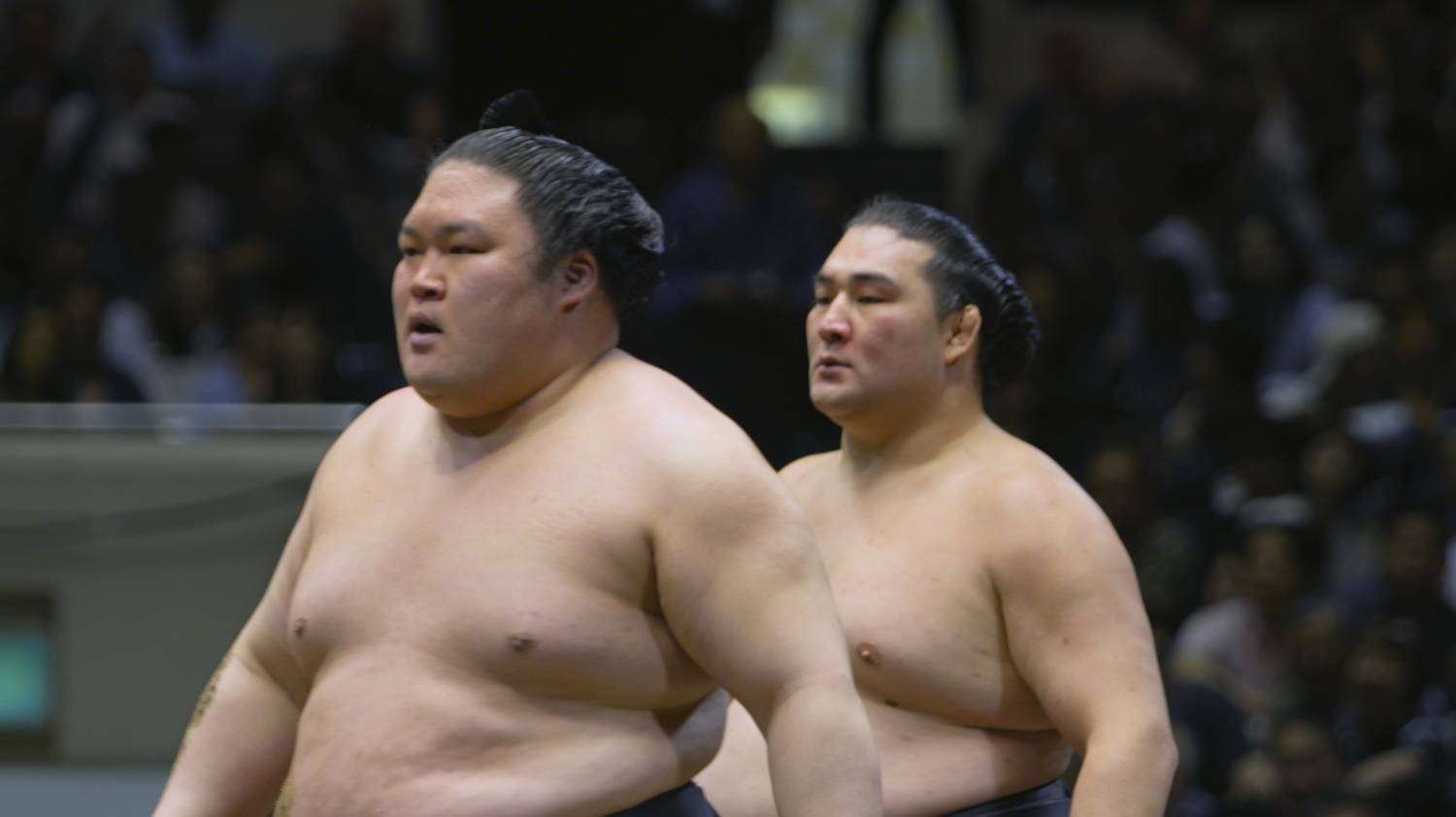Sumo is an ancient sport that now thrives in a modern media age.
Public broadcaster NHK airs sumo's six annual tournaments nationwide, while offering English-speaking fans access to the bouts via its live bilingual broadcasts and programs on its NHK World service. (Disclosure: I have been a commentator on the bilingual tournament broadcasts since their debut in 1992.)
Even so, non-NHK directors and producers with sumo-themed projects have long faced a formidable wall in the form of the Nihon Sumo Kyokai, the body that governs the professional sport. The permissions required by the Kyokai to film inside the arena or interview individual wrestlers have long been hard-to-impossible to come by, as I know from personal experience.


















With your current subscription plan you can comment on stories. However, before writing your first comment, please create a display name in the Profile section of your subscriber account page.